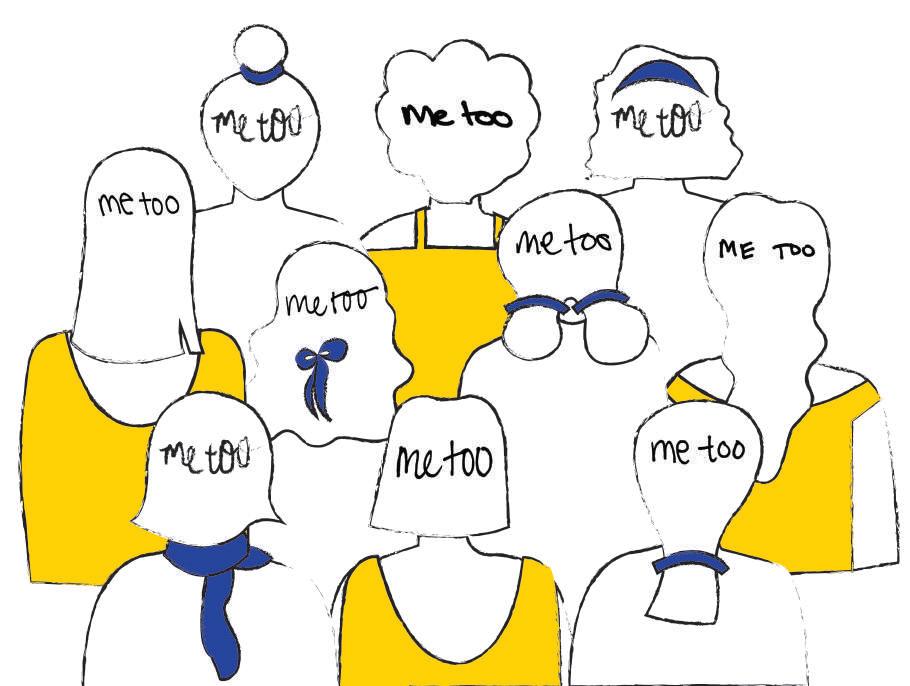SAPAC@UMich
Sexual assault can and does happen anywhere. This is a terrifying reality that hits home even harder on college campuses; a place that is supposed to be a safe haven for students to find themselves and gain experience before entering the adult world. Nonetheless, according to the documentary “The Hunting Ground: The Inside Story of Sexual Assault on American College Campuses,” one in five women and one in sixteen men are sexually assaulted on college campuses. The University of Michigan is no exception where, according to a 2017 article in The Tab, “Almost half of sexual assaults reported at UMich occur in freshman dorms.” Between 2014 to 2017, there have been nearly 50 reports of sexual assault and rape on campus. These numbers are alarmingly high, and may even be higher, given that many survivors feel reluctant to report the assault in fear of drawing attention to themselves, getting negative responses, or being harrassed by peers or their perpetrator. Additionally, survivors may not know that their experience falls into the category of sexual assault, because of a lack of awareness and education surrounding what is and what is not consensual sex. Many survivors are then left to live in fear and take on the burdens of college along with the guilt, pressure, and anxiety of their assault with no resources to confront what has happened. A lack of support can be a detrimental obstacle for survivors when having to face their assault and find a way to live on the very campus that’s supposed security has been stripped from them. One of the most significant exacerbations of lack of support for survivors and perpetrators of sexual assault on campuses is an overarching theme of negligence from schools and their institutions. Oftentimes, perpetrators are protected by universities in order to avoid public scrutiny or negative attention to
40
SHEI Magazine
the school, and survivors are neither believed, nor supported when they make the brave choice to step forward. For example, Emma Sulkowicz, a senior at Columbia University, was assaulted in her own dorm room as a sophomore in college. After Emma came forward, numerous women also accused Emma’s perpetrator of assaulting them as well. In the end, the campus judiciary process sided with the accused student, and police also ended their brief investigation of the assaults. In retaliation, Emma decided to start the “Carry That Weight” project for her senior thesis, declaring that she would carry around her dorm mattress wherever she went, until her assaulter no longer attended the university with her. Columbia did not expel or suspend Emma’s assaulter. She accepted her diploma at her graduation while carrying her mattress across the stage. It is crucial that survivors have a resource they can trust for guidance, safety, or even just to have someone to listen to them. Although the Michigan campus environment is neither perfect nor exempt from the ubiquity of sexual assault, the campus Sexual Assault Prevention and Awareness Center (SAPAC) is an accelerating source of support and education that helps categorize Michigan as one of the more progressive schools in the nation in terms of addressing sexual assault. Survivors can utilize SAPAC for anything from counseling, to guidance from professionally trained staff, to a place to access support groups. Allies can go to SAPAC for training to help a friend, or for counseling to get support in the assault of a friend or fellow student. I sat down with Nora Akcasu, a SAPAC volunteer and volunteer co-coordinator to discuss the issue of campus sexual assault, her experience with SAPAC, and what the campus resources offer for survivors and allies.









